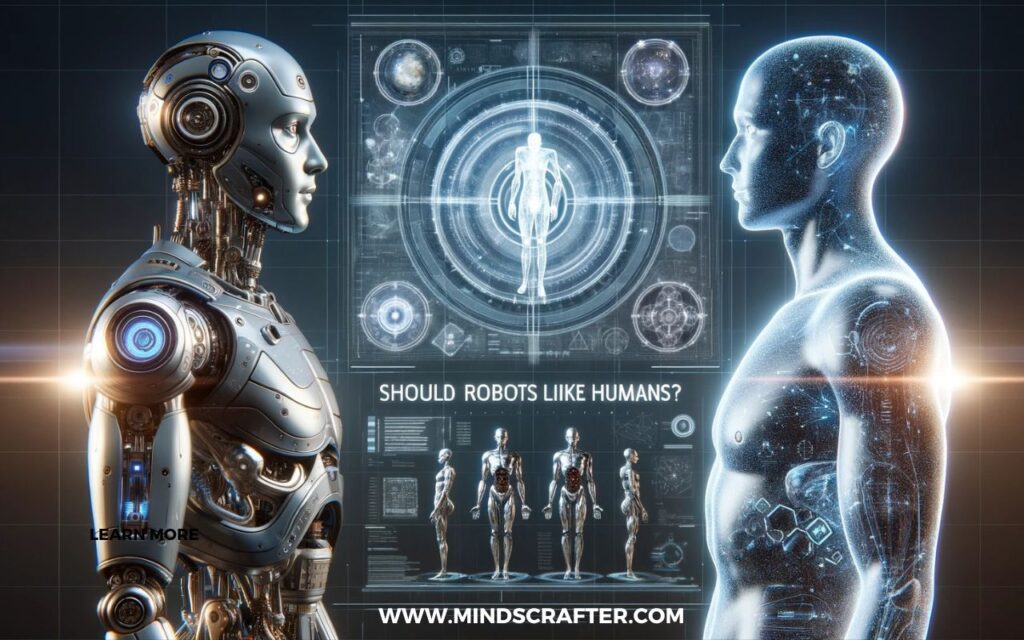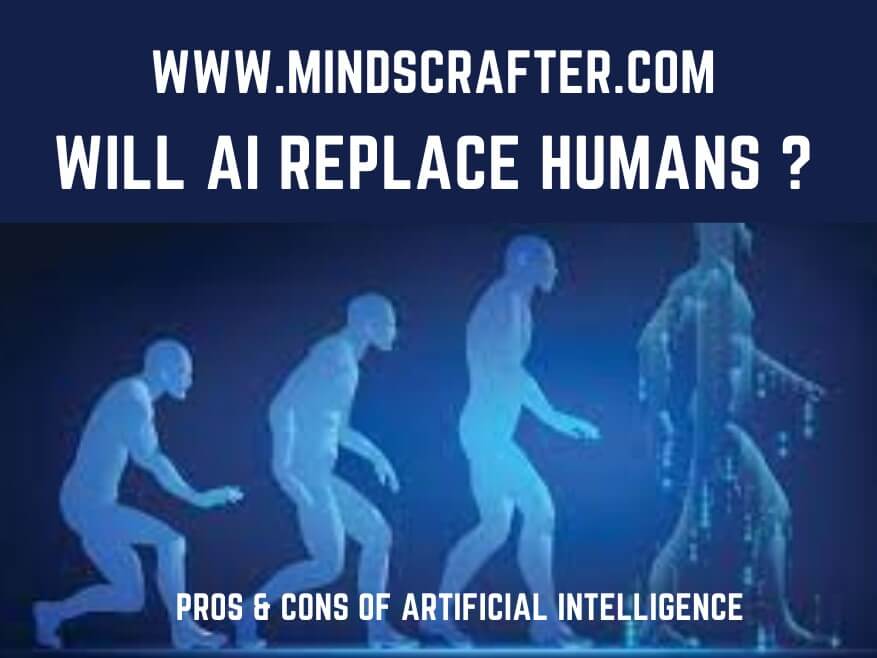The Human Facade: Should Robots Look Like Humans:
The idea of robots that mimic human appearance and behavior has been a topic of fascination and debate for decades. As technology advances, the possibility of creating such humanoid robots is becoming more of a reality than science fiction. This article aims to explore various aspects of this topic, discussing the basic question that should robots look like humans, and the potential benefits and drawbacks of designing robots to look like humans.
The Psychological Impact of Human-Like Robots:
Human-like robots, often termed as ‘humanoids’, have a significant psychological impact on people. The concept of the uncanny valley, where robots that closely resemble humans can induce unease, is particularly relevant. On the flip side, human-like features in robots can foster better interaction and communication with users, especially in sectors like healthcare and customer service. Understanding this psychological perspective is crucial in evaluating the appropriateness of humanoid robots in various settings.
Ethical and Moral Considerations:
The development of human like robots raises profound ethical and moral questions. One of the primary concerns is the potential blurring of lines between humans and machines. Issues such as robot rights, the moral implications of using robots for tasks traditionally performed by humans, and the ethical treatment of robots themselves are increasingly relevant as these machines become more advanced and human-like.
Practical Applications and Advancements:
The realm of humanoid robotics is not just limited to theoretical discussions; it has practical implications that are transforming numerous sectors. In healthcare, humanoid robots are assisting in complex surgical procedures, provide companionship to the elderly, and even aid in physical therapy, offering a personal touch that traditional machines cannot. Their human like appearance and capabilities enable them to connect better with patients, potentially improving patient outcomes and experiences.
In hazardous environments, such as disaster zones or space missions, humanoid robots present a safer alternative to human intervention. They can navigate through debris, handle hazardous materials, and perform rescue operations in conditions that would be perilous for humans. This not only enhances safety but also increases efficiency in situations where every second counts. Moreover, in the realm of education and customer service, we are taking benefits from humanoid robots for more interactive and engaging experiences. Their ability to mimic human expressions and gestures allows for a more natural interaction, which can be particularly beneficial in teaching scenarios or customer-facing roles.
The Future of Humanoid Robotics:
As we look towards the future, the potential of humanoid robotics seems boundless. Advancements in artificial intelligence, machine learning, and sensor technology are continuously enhancing the capabilities of these robots, making them more autonomous, responsive, and even capable of learning and adapting to new situations. This evolution raises exciting possibilities for more advanced applications, such as personalized domestic robots, advanced medical assistants, and more sophisticated roles in entertainment and social interactions.
However, the future of humanoid robotics is not just about technological advancements; it’s also about addressing the ethical and societal implications that come with it. As humanoid robots become more prevalent, it will be essential to establish guidelines and regulations to ensure their responsible use. Moreover, the societal impact, particularly in terms of employment and human-robot interactions, will need careful consideration. Balancing technological innovation with ethical and social responsibility will be key in shaping a future where humanoid robots can coexist harmoniously with humans, enhancing our lives while preserving our values.
Conclusion:
In summary, the advancement of humanoid robots offers a plethora of benefits across various sectors, promising to revolutionize the way we live and work. However, as we embrace these changes, it’s crucial to navigate the complex ethical, psychological, and societal landscapes that come with such profound technological shifts. The future of humanoid robotics, while filled with potential, will require thoughtful stewardship to ensure that it aligns with the broader goals of human welfare and progress. The question that should Robots look like humans will be addressed if we closely look the benefits of Robots and its applications in various fields. This is very lengthy debate which cannot be concluded in one article. Mindscrafter blog will try to bring more important relevant topics for our viewers for further discussion.


